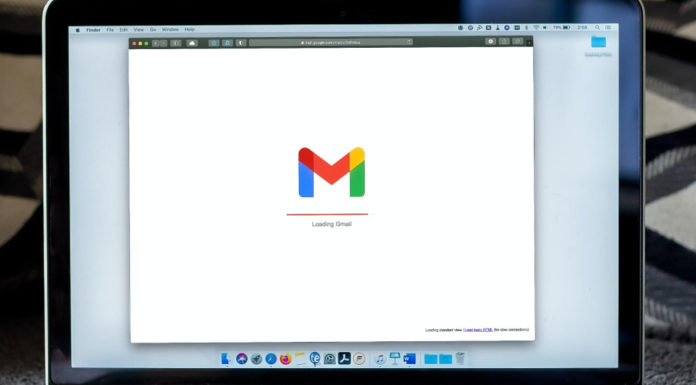2019 could be your year to see the projected growth figures, but what will really take you to achieve your goals is not just marketing, it’s your budget. Setting up a budget will allow you to see where you put your money and will expose the gaps where you could invest more money to obtain higher profits. When you start making your small business budget for 2019, consider these five factors to prepare you for greater success next year.
Choose a format
There are many templates available for small business budgets. There are options such as the Intuit Quickbooks spreadsheet that is available for free through Google Sheets and has a good summary tab to review after starting to enter figures. Xero is good for the small business for Mac users and it is available on Windows too. Regardless of the software, you decide to use, deciding how to format your budget is an important part of making your plan for the New Year.
Look at the income first
Before you start trying to budget your expenses, look how much you think you’re going to win. Knowing your income figures will help guide your decision making as you move into the spending part of your budget.
Be realistic with how much you plan to sell. Although it sounds good on paper to plan a 15% increase in revenue, it may not be realistic. Be conservative with your approach, so that you are sure that you can spend the money you have in the bank and reduce the risk of going red.
Think about what is stopping your growth
As you evaluate your income, look closely at what might prevent you from seeing further growth. Do you lack a set of skills in your team to help you generate a new line of income? Do you need more marketing to put your business in front of more people? Compare your sales estimates with your business model and strategy to find areas where you can invest to grow.
Classify your expenses
When you start to delve into the spending part of your budget, classify your expenses in three areas. The first is the necessary expense. This is the section where you put your payroll, general expenses and other non-negotiable. The next section is your advertising. You can adjust your advertising budget to your needs, so it’s good to see it separately from other expenses. Finally, look at the costs of having money. These costs include conferences and other trips that could happen but do not have to if you do not meet the projected growth figures.
Make your plan
Once you have established your budget, make a plan to see how often you will review it. The budget is a continuous exercise and should not be done annually. Remember, you cannot plan everything. Make a plan for when you review and reevaluate your budget throughout 2019, so you can be sure to take everything into account: profits, losses and unexpected events.
As you begin to practice smart budgets, your speed and efficiency will increase. The goal is to acquire the habit of analyzing these five considerations on a regular basis so that you can keep your small business on track.



































